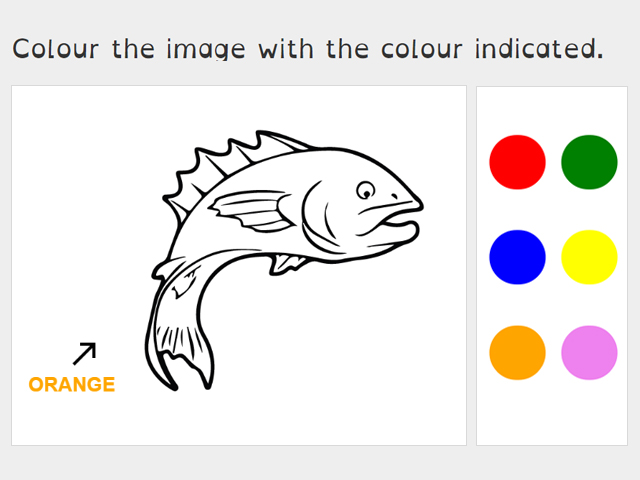Colouring the Picture
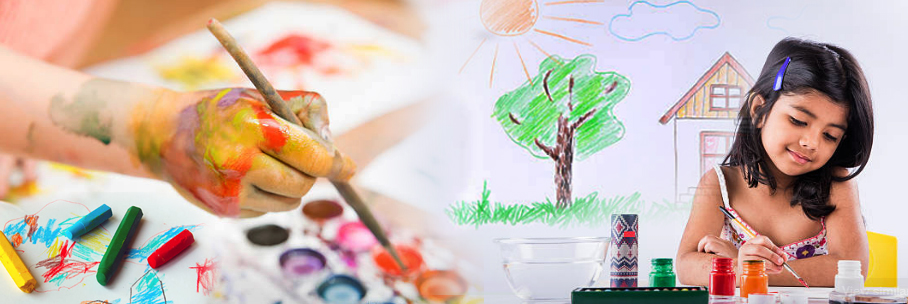
This is an activity for beginners. This activity helps them to learn the names of colours and use them.
In this activity, a picture and six colours are displayed. The name of the colour that is to be used is given. The child is required to colour the picture as directed.
The child has to select a colour based on the clue provided, and fill the image with the selected colour.
Tips for parents:
For a child, learning colours may be a difficult task and repeated mistakes will be made. This need not worry you, if your child is below five years. If the problem persists after five years, see an eye specialist
Before going to a doctor, you can check whether the problem is caused by English language. There are cases where the child can name the colours in the mother tongue but not in English. If this is the case, one remedy is to prepare a chart having colours in the middle and the name of the colour written in the mother tongue and English on either side of the colour.
The chart would look like this:
| Name of the colour in mother tongue | colour | name in English |
| ---------- | Red | |
| ---------- |  |
Blue |
You can teach your child to name colours in English. With practice, the child would improve.
In these activities the stress is on identifying colours. You can take your child beyond this.
There are many benefits of colouring activity using pencils/pen and paper.
- Improvement of muscles used for writing.
Muscles in fingers, hands, and wrist help to write. To a limited extent, the muscles in the shoulder also help in writing. When children colour large pictures, their gross motor skills get developed. When they colour small areas, their fine motor skills are improved.
- Improves creativity.
Give a drawing or a design and ask your child to colour it using colours of her/his choice. This can make the child think about colour combinations to be used. This improves creativity. You can give the child various designs. Encourage your child to draw and colour the drawings.
- Improves handwriting and hand to eye coordination:
Colouring activities bring into play the muscles of fingers, hand and wrist. These also make the child concentrate on boundaries as the child has to colour limited areas. This activity improves the ability to use the muscles used in writing. Children with poor handwriting can practice colouring designs/drawings where so many small areas have to be coloured.
- You can buy colouring books for kids. Books on kolam and rangoli are excellent resources. Using these would improve the child’s spatial skills also.
- Children love using spirographs. Spirograph is a drawing toy that produces geometric shapes. Buy a spirograph kit for your child. Ask her/him to make patterns of suitable size and colour the patterns. Using a spirograph is a good way of developing muscles used in writing.
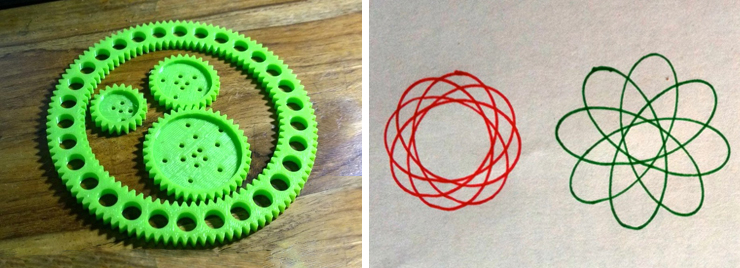
A spirograph and simple designs made with it.
- Making designs using scissors on paper:
If your child can use scissors then encourage her/him to make designs on paper using scissors.
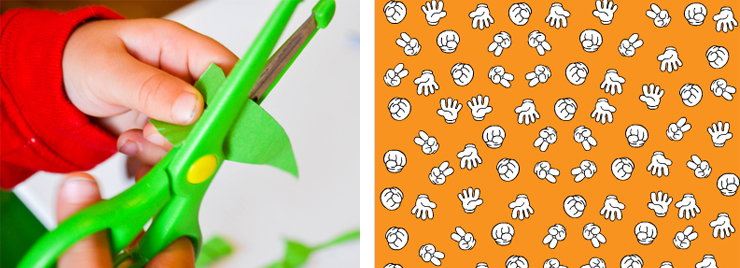
For children who are very creative, books on origami, the Japanese of folding, can be very useful.
- More exercises for improving muscles used in writing.
- Squeeze ball.Children can squeeze soft balls to strengthen muscles in the hand.The child can squeeze out water from a wet piece of sponge. Older children can use grippers for strengthening the muscles.
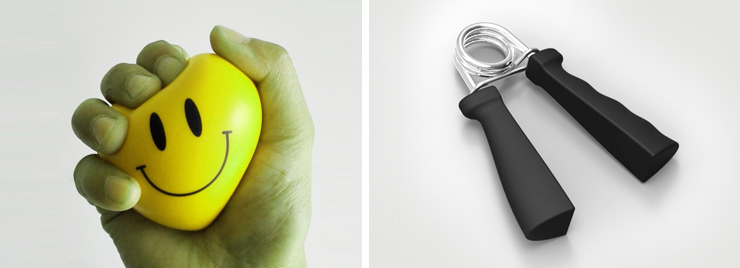
- Make paper balls. Give a sheet of paper and ask your child to crumple it using only one hand into as small a ball as possible. Your child would love this and the whole family can play this game.It is a great activity to work the muscles used in writing.
- Playing with dough:You make dough for making roti. Before making roti ask your child to knead the dough, Make sure that the child’s hands are clean!
- Kneading marbles/stones/ rice in water: Buy small marbles. They are hard but smooth. Keep few marbles in a container and pour water. Ask your child to knead the marbles. You can do this with smooth small pebbles also. Don’t use rough stones as your child’s hand may get hurt. When you wash dal / rice etc under water before cooking, ask the child to do it for you.
- Squeeze ball.Children can squeeze soft balls to strengthen muscles in the hand.The child can squeeze out water from a wet piece of sponge. Older children can use grippers for strengthening the muscles.

